Holidays
5-Step Checklist for New Year's Eve Restaurant Events
New Year’s Eve events are the pinnacle of the restaurant holiday season. Here’s how to plan, prepare, and promote a successful bash.
Restaurants and bars have long been a destination for revelers on New Year’s Eve. The holiday also caps the end of a busy season in hospitality, providing one more chance to drive a surge in end-of-year revenue.
However, preparing for restaurant holiday events can be daunting. There is a mountain of tasks to address before the big day and failing to address any one of them could lead to major issues. To ensure nothing slips through the cracks, we’ve created a guide that outlines every step of the New Year’s Eve event planning process.

PRODUCT
Events Management Software
Streamline private event bookings for you and your guests.
Types of New Year’s Eve Restaurant Events
When planning your New Year’s Eve event, there are several event types to choose from — each with pros and cons. Here are a few options to consider.
1. Full Buyout
Overview: Full buyouts are when a guest or business rents out the entire restaurant space for a private event.
Benefits: Restaurants can charge high prices for closing their space to the public, guaranteeing large upfront revenue. Beyond the obvious benefit of guaranteed money, this helps with operations because restaurants can plan far in advance for the event and accurately forecast end-of-year revenue.
Drawbacks: While full buyouts often come with high price tags, they don’t always outpace the revenue from high-volume nights. For example, weekends generate huge sales numbers for restaurants. If New Year’s Eve falls on a Friday or Saturday night, a full-buyout might fall short of the average weekend sales numbers, impacting the restaurant’s bottom line.
2. Partial Buyout
Overview: Partial buyouts are similar to full buyouts, but the party only covers a designated section of the restaurant, rather than the full space.
Benefits: If a restaurant has the right space, partial buyouts allow it to “have its cake and eat it too,” hosting private events while also generating revenue from the public. This means it gets the benefit of guaranteed revenue without the drawback of losing sales from normal service — which is especially important on New Year’s Eve, the most popular party night of the year.
Drawbacks: Although partial buyouts are open to the public, they limit the amount of space available to them. On a night like New Year’s Eve, this means a restaurant still sacrifices some financial upside for the safety of guaranteed revenue. When marketed and planned incorrectly, a partial buyout can also create a bad experience for members of the private event, who may find that the public partygoers ruin the experience they imagined. Because of this, it’s important for restaurants to be transparent and set expectations with private parties ahead of the event.
3. New Year’s Eve Event With Reservations
Overview: These typically involve a prix-fixe menu, specialty cocktails, and complimentary champagne to join in on a collective midnight toast.
Benefits: New Year’s Eve event reservations benefit restaurants in a number of ways. First, they give operators a window into how many guests to expect for the evening. Plus, restaurants can collect important allergy and dietary information per guest prior to the event, which streamlines kitchen operations. Second, reservations allow operators to prepare the appropriate amount of supplies needed and schedule staff so that the event runs as smoothly as possible.
Drawbacks: With a reservations-only arrangement, the fixed menu and fixed seat limit caps how much alcohol the restaurant could potentially sell to the general public on the biggest party night of the year. Additionally, guests may fail to cancel or show up for their reservation, negatively affecting the restaurant’s sales projections for the evening. To combat this, restaurants can require a deposit at the time of booking or even collect a fee for no-shows or last-minute cancellations via their reservation system.
Read more: Which Restaurant Reservation System Should You Use?
4. New Year’s Eve Ticketed Event
Overview: Ticketed events are similar to reservation events. Tickets can be sold in-person or through online restaurant ticketing, the latter of which is important because it opens the door to email, social, and other digital marketing tactics.
Benefits: Ticketed events are a great way for restaurants to collect upfront revenue, reduce the monetary risk of “no-shows,” and obtain accurate guest lists that help prepare the event in advance, streamlining operations.
Drawbacks: Ticket sales largely depend on the restaurant’s marketing efforts. If restaurants don’t build enough buzz and momentum around the big night, the event will fall flat.
Read more: How to Create and Market a Successful Ticketed Event

Your Holiday-Ready Toolkit
Better holiday planning means bigger holiday earnings. Make this season your most successful one yet.
New Year’s Eve Restaurant Event Checklist
Once you’ve decided to host a New Year’s Eve event, follow these series of steps to ensure it goes off without a hitch. Having a well-thought-out planning process and checklist will help you check off to-do items and set you up for success.
1. Finalize the Event Type and Theme
The first step is deciding what type of event to host, determining what the theme will be (if there is one), and developing the appropriate assets for that theme.
Decide the Event Type: Restaurants must first determine what type of event to host: a full buyout, partial buyout, event with reservations, or ticketed event. This will inform all the other details of the event.
Determine the Event Theme and Name: A good party needs a theme. Whether it’s roaring twenties, black-tie, or a disco party, themes and dress codes add an air of intrigue and are just plain fun. For example, if you’re hosting a Masquerade Ball, ask guests to dress to impress in formal attire and masks.
Develop the Visual Style and Promotional Assets: Marketing assets can include digital and printed flyers, social media content, and photography that spans across channels. In the example below, Boston restaurant Hojoko promotes its New Year’s Eve event with a digital flyer.
If you don’t know where to start, try these premade examples from the BentoBox design team.
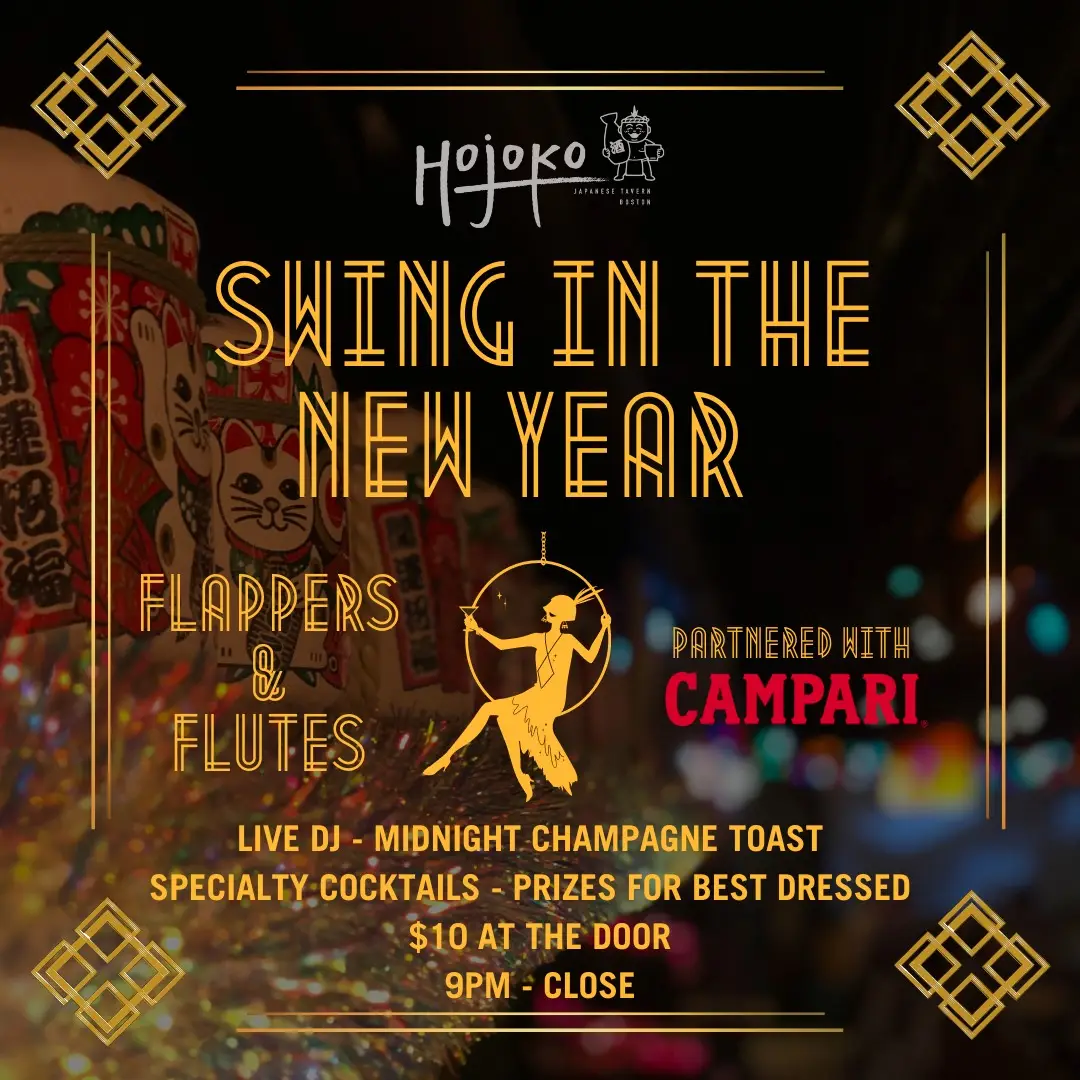
2. Plan Pre-Event Logistics
The next line item in the planning process involves pre-event logistics. What type of menu will you serve? What will the menu consist of? How will the evening develop? These are all things to plan before you can start marketing your New Year’s Eve event.
Determine the Menu Type: Will you offer your regular food and drink menus or create special dishes for the evening? The event type is most important in determining the menu type. For a full buyout, you might elect to serve a catering-style menu, whereas a dinner event with reservations might call for a six-course prix-fixe dinner. The latter is a popular choice for New Year’s Eve as it offers diners a unique opportunity to try a plethora of special dishes.
Develop the Menu: Special event menus can range from the unique to the opulent that are typically reserved for these special occasions — e.g. caviar, oysters, lobster, and filet mignon, all washed down with grand cru champagne.
Plan For When the Ball Drops (and After): The pinnacle moment on New Year’s Eve is the countdown to the new year. Restaurants must choose how to celebrate this moment with their guests. Complimentary champagne flutes are popular but also expected. Do you have a unique idea to make the moment extra special? Beyond that, after the ball drops, will you wind the night to a close or stay open for a late-night party?
3. Gather the Necessary Supplies & Vendors
Once the event’s theme and menu have been finalized, it’s time to source the necessary supplies, equipment, vendors, and entertainers.
Food & Beverage Ordering: This is arguably the most vital step in the event planning process. What good is a party that runs out of food or drinks? Underordering or overordering can both lead to problems, from not having enough of a certain dish for guests or having excess inventory. However, you should have a good sense of food and beverage volume thanks to pre-booked buyouts or number of tickets sold/reservations.
Vendors and Entertainment: Plan on having entertainment for the evening? What about a photobooth for guests? Whether it’s a band, DJ, illusionist, photo booth, or any act or vendor that fits the theme of the night, entertainment can elevate any New Year’s Eve party. Book entertainment well in advance to secure their place in your evening’s lineup. Musical acts, in particular, require planning since you’ll want to include them in marketing materials, whereas something like a photo booth works as a pleasant surprise for partygoers.
Party Supplies: When the clock nears midnight, consider handing out party supplies like hats, streamers, and noisemakers. It’s a small touch, but party supplies like these add a fun and interactive element to the night’s events.
4. Spread the Word
At this point, you’ve determined your New Year’s Eve event type, set a theme, created a menu, and planned the evening’s logistics. Now, you must spread the word about the awesome event you’re throwing. There are several methods and channels to do this.
Add the Event To Your Website: All roads lead back to a restaurant’s website. It’s the most important tool in a restaurant’s marketing toolkit, a central hub where visitors discover new restaurants, view their menus, and order online.
Capitalize on this by promoting events and happenings on your website, typically with a dedicated events page like the example below from Rose Mary in Chicago . With a growth-focused website through the BentoBox Marketing & Commerce Platform, you can also issue pop-up alerts on your homepage and seamlessly sell event tickets online.
Read more: 10 Most Popular Restaurant Website Builders in 2024
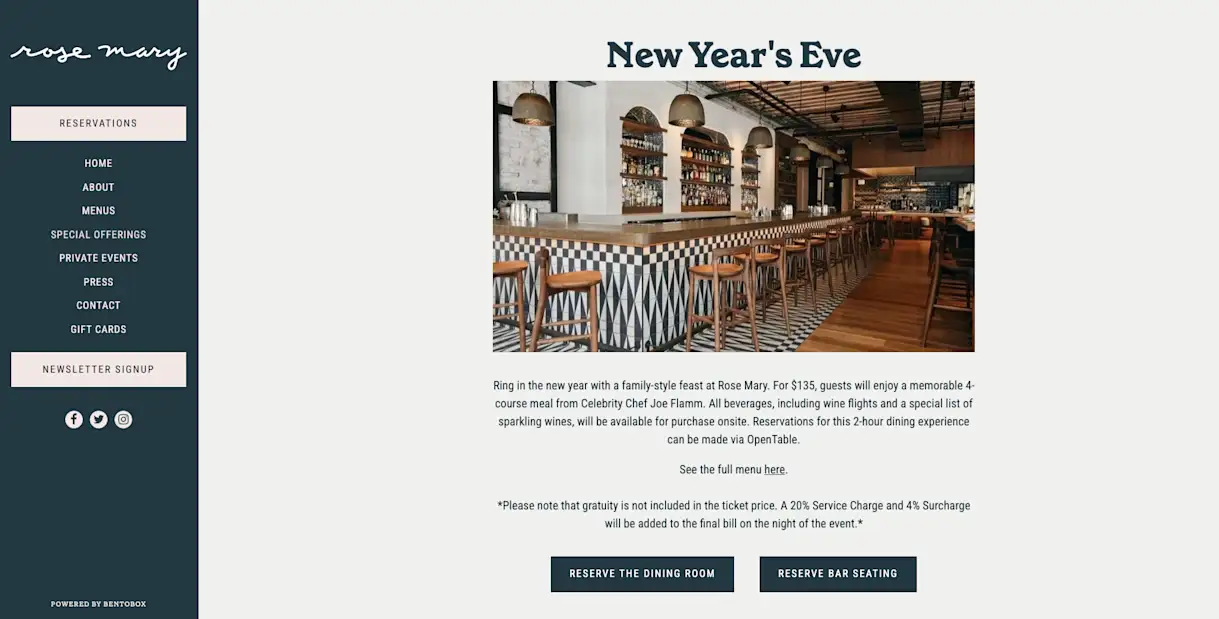
Send Promotional Emails: Email is another key marketing tool for restaurants. If you’ve been capturing email addresses through online orders, digital waitlists, reservations, and merchandise sales, tap into your audience to spread the message about your New Year’s Eve event.
Gage & Tollner in New York City sent the email below to promote its three-course menu and encourage reservations. What works well is the beautiful food photography, short and simple content, and prominent call-to-action (CTA) button.
Looking for more email marketing resources? Start with these:
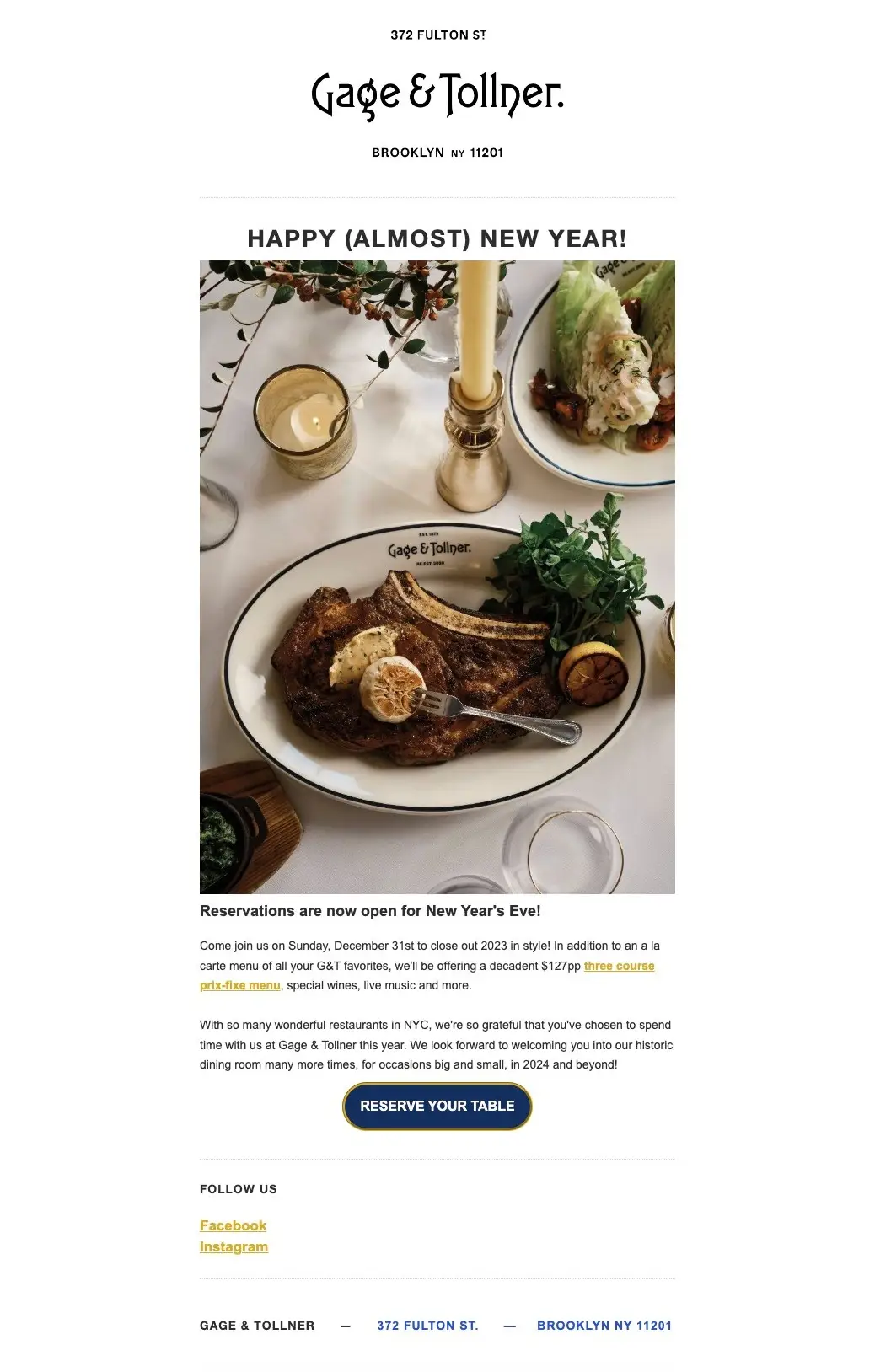
Market to Diners On-Premises: Every diner in your restaurant is a potential New Year’s Eve guest, and you’ll never have their attention for longer than when they are dining on-premises. On-site marketing assets promoting the event will intrigue guests who think the ambiance would fit for their New Year’s Eve celebration. Where and how you distribute these assets depends on what type of restaurant you operate — a sports bar is more likely than a fine-dining restaurant to promote New Year’s Eve drink specials on bathroom posters — but every restaurant can and should find a brand-appropriate way to do this.
Post on Social Media: Social media is a fantastic channel for discovery and inspiration. Followers of your channels use it to learn more about your brand, view food photos, and hear about future happenings. That’s why restaurants should post often about big events like New Year’s Eve, as Library Bar at Toronto’s Fairmont Hotel did on Instagram earlier this year.
Read more: How Restaurants Should Use Instagram in 2024
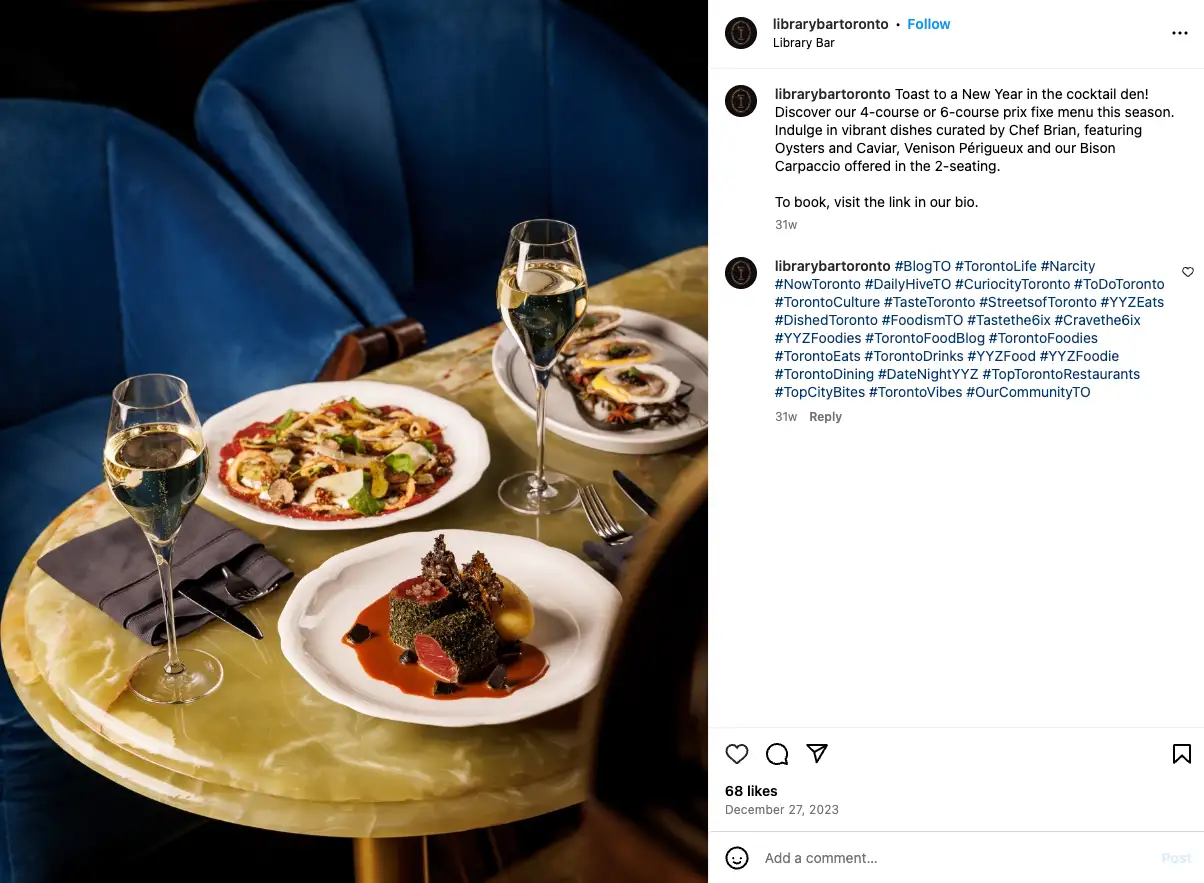
Consider Non-Owned Marketing Channels: Websites, email, social media, and the restaurant itself are all considered “owned” marketing channels: places you control. There is also value in promoting the event on non-owned channels such as newspapers, local bloggers, and even local Facebook groups. Not every restaurant can afford a PR company to help them land big press placements, but restaurants with smaller budgets can take advantage of the long list of digital opportunities available today.
Read more: A Restaurant’s Guide to Influencer Marketing
5. Complete Final Preparations
Once your event is being promoted across channels and people are making reservations or purchasing tickets, there are only a few more items to check off your to-do list.
Review Bookings, Schedule Staff, and Prep Accordingly: As you approach the event, check the books and note the number of reservations or tickets sold. From there, you can more accurately determine how much time is needed for preparing the front and back of house for the event. This includes food prep, decorating, and scheduling staff.
Anticipate Any Last-Minute Changes: At this point, you can feel good that all logistics and preparations are accounted for, but that doesn’t mean they’re set in stone. A good rule of thumb is to always expect the unexpected. Operators must stay on their toes and be prepared to pivot if the situation calls for it. This is a good mindset to take into the night of the party.
Host a Brilliant New Year’s Eve Restaurant Event
The doors are open and guests are flowing in for a night of revelry with friends and family. The menus are set and food is landing on diners’ tables. The atmosphere is festive and cheerful, aided by a litany of libations and good conversation. The countdown to the new year is nigh.
Take this opportunity to appreciate the evening and join in on the fun. Events like these are perfect for canvasing the room and connecting with guests — fostering stronger relationships and creating more loyal diners in the process.
So go ahead. Hold your glass up. You’ve earned it.

BentoBox Marketing & Commerce Platform
Deliver Smarter Hospitality
Want to stand out online, bring in more money, engage your diners, and streamline operations?
Recommended
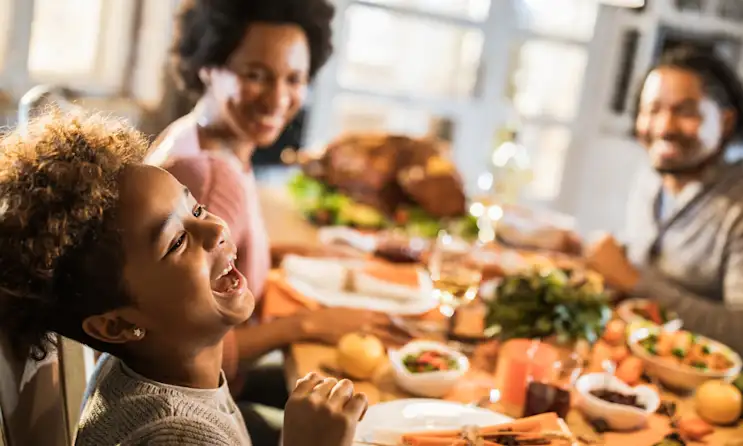
Holidays
How Restaurants Can Boost Online Orders and Catering This Thanksgiving
November 10, 2020
Marketing tips and best practices for the upcoming holiday.
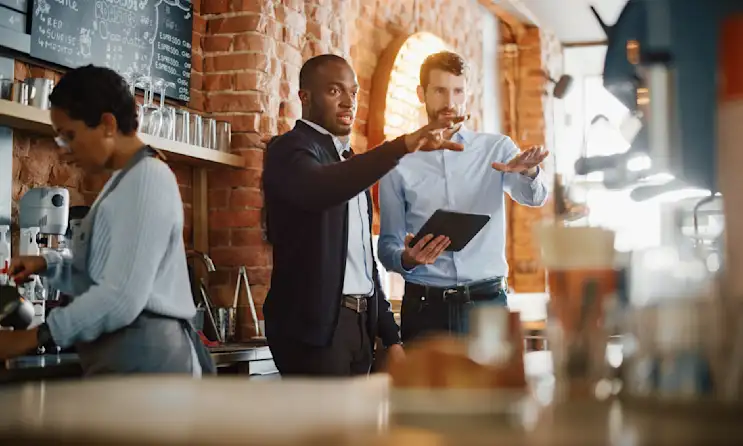
Holidays
5 Ways to Maximize Revenue Between Thanksgiving and New Year's Day
December 1, 2021
Looking for easy wins for your restaurant’s holiday strategy? Here are some ideas to implement quickly.
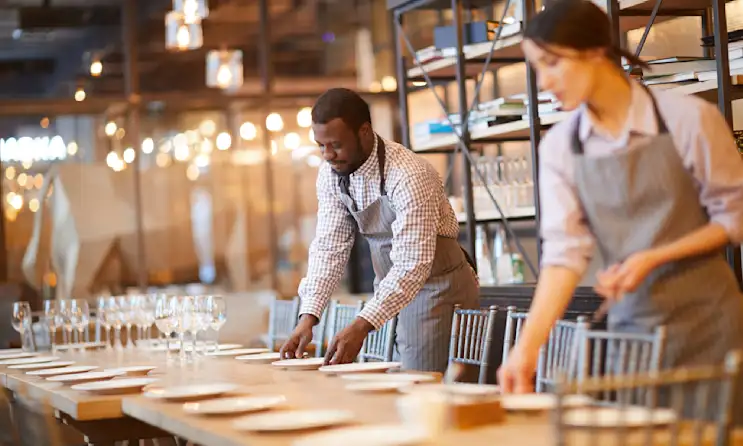
Holidays
How To Prepare for Restaurant Holiday Events
October 20, 2021
How to wow your guests with thoughtful, festive details during the holiday season.

